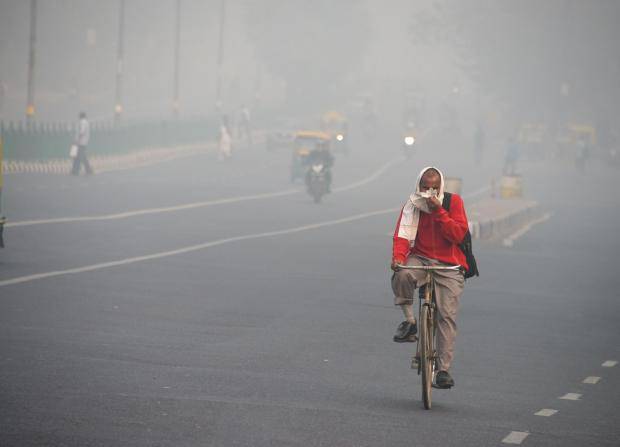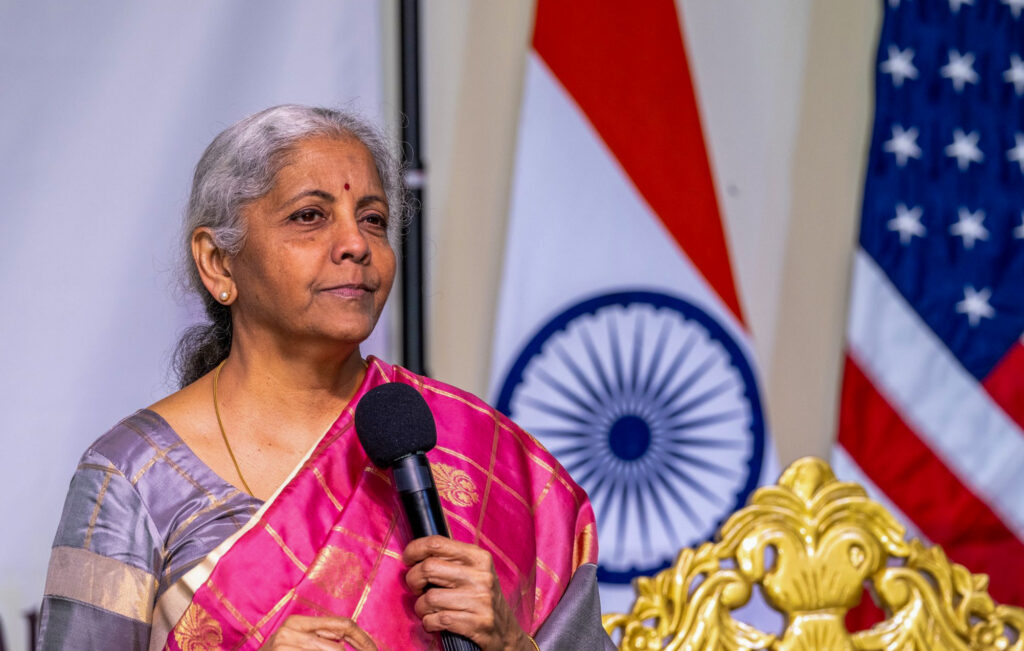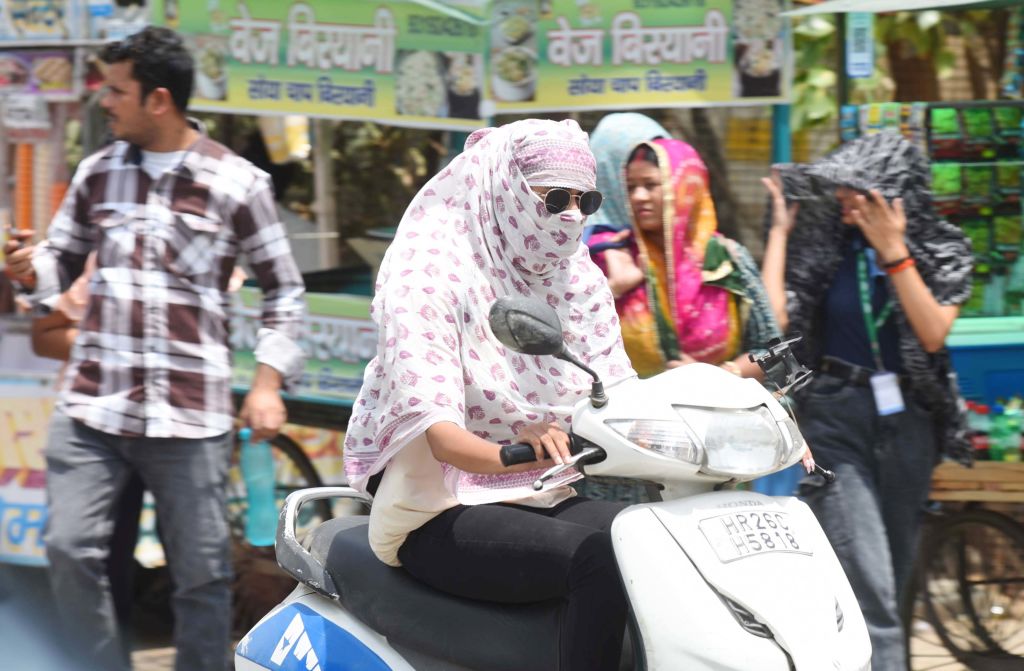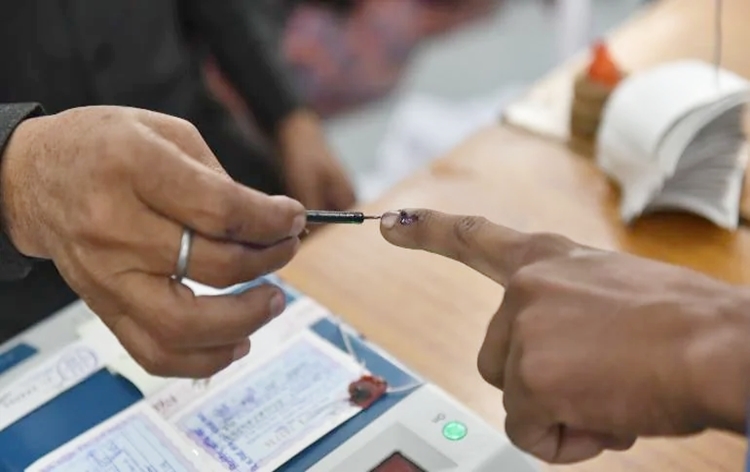Severe air pollution grips Delhi-NCR, triggering a 30% surge in respiratory cases

Two days after revellers defied a ban on firecrackers during Diwali, the repercussions are evident in Delhi-NCR as the air quality turns toxic, posing a significant threat to respiratory health. The overall Air Quality Index (AQI) in Delhi-NCR reached a level of 450 on Tuesday morning, according to the Central Pollution Control Board, putting it in the ‘severe’ category.
The surge in pollution levels has resulted in a 30% increase in complaints related to eyes, nose, and throat (ENT) issues in hospitals. Responding to this, Delhi’s Ram Manohar Lohia (RML) Hospital has started special Outpatient Departments (OPDs) to address pollution-related illnesses. These specialized OPDs will offer expert medical advice and comprehensive care for patients with respiratory ailments.
Dr. Ajay Shukla, Director of RML Hospital, said that the special OPD will have a multi-disciplinary clinic, encompassing ENT, Dermatology, Respiratory, Ophthalmology, and Psychiatry departments. The special OPD will operate from 2 PM to 4 PM on Mondays.
Air Quality Challenges and Health Impact
The declining air quality in Delhi-NCR presents significant health challenges, especially for patients with respiratory conditions. The heightened pollution levels exacerbate breathing difficulties, leading to an increase in health concerns. Experts stress the urgent need for proactive measures to address air pollution and safeguard public health.
Amidst this looming crisis, the Delhi Pollution Control Committee assessed noise pollution at 31 locations in Delhi during Diwali. These assessments covered seven silence zones, eight residential areas, 11 commercial zones, and five industrial areas. The lowest noise pollution (53.7 decibels) was recorded in Najafgarh, while the highest (84.5 decibels) was in Karol Bagh.









